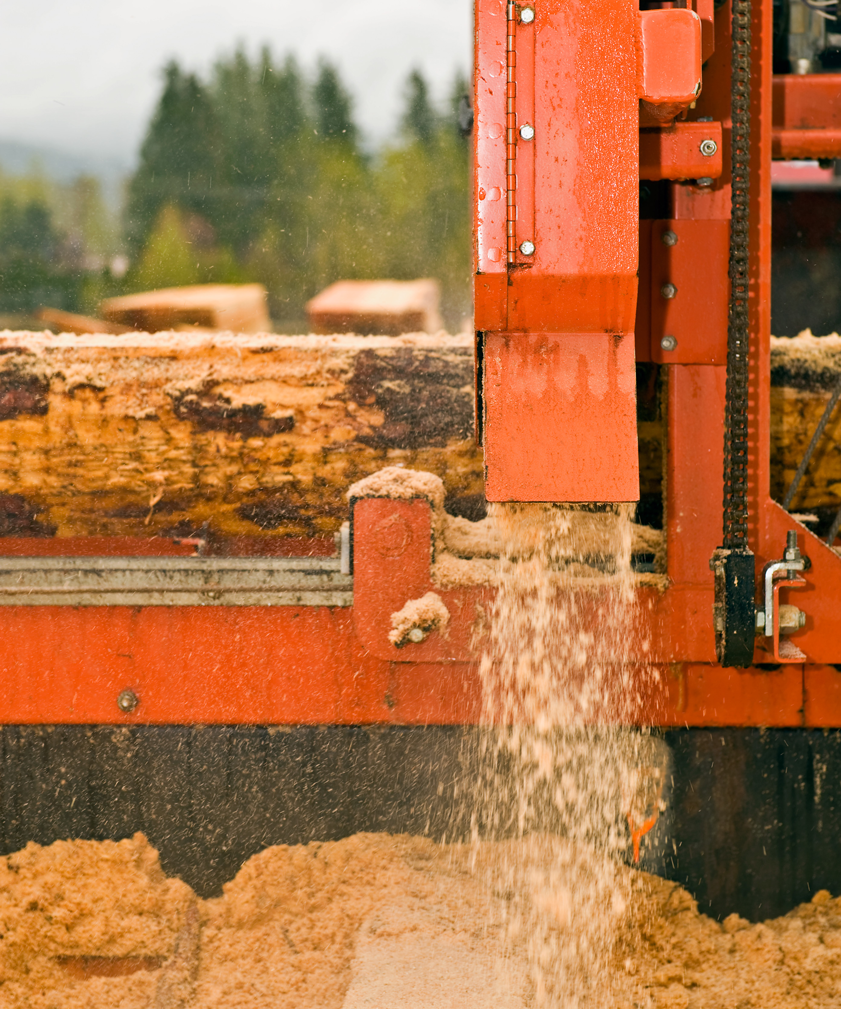During 2017 we saw a rapid increase in natural gas prices, with some large business users seeing a doubling of their gas bills. This drove industrial users to look at alternatives to natural gas to meet their heating requirements, particularly biomass and waste to energy. The result was a marketing drive from alternative fuel technology suppliers, breaking down the typical barriers to market entry for such technologies.
An interesting effect of this is that even customers who use other fuel sources such as LPG for their heating requirements are beginning to look into biomass options, especially in cases where LPG costs are high.

The gas price outlook and what this means for large users of gas
The wholesale East Coast gas market in Australia has undergone significant change since 2014, mainly due to the start-up of large-scale CSG (Coal Seam Gas) to LNG (Liquefied Natural Gas) export facilities in Gladstone, Queensland. Prior to the start-up of these facilities, overall gas consumption in the residential and industrial sectors was on a declining trajectory. The start-up of these facilities initiated a period of industry transformation, with domestic gas prices experiencing upwards pressure as a result of exposure to both international pricing and domestic supply constraints.
The gas price volatility has had an impact on the bottom line of large industrials with high heating requirements, and already tight profit margins. As a result, large consumers have increasingly been looking at alternative fuels, including coal and fuels derived from waste products.
Whilst coal-fired boilers might be the lower operating cost option, the associated emissions are sufficient to deter corporations from investing in these. On the other hand, technologies such as covered anaerobic lagoons provide the opportunity to capture biogas from waste streams and use this for heating, thus reducing costs and carbon emissions.
What are the alternative energy options for heating?
Alternative fuels for heating fall under the following broad categories:
- Biogas from on-site waste (both solid waste and wastewater)
- Biomass (wood waste or agricultural waste)
- Other waste to energy fuels, such as Municipal Solid Waste (MSW) or Processed Engineered Fuels (PEF)
Further, the types of technologies that can be considered are:
- Anaerobic lagoons
- Biomass boilers
- Gasifiers
- Pyrolysis
Traditional barriers to entry for alternative fuels, and how they have been broken down
|
Barrier |
Recent market response |
|
High installation costs |
Equipment suppliers have been providing more competitive offers; Alternative financing options are available, such as Energy Services Agreement (ESA) (e.g. Build-Own-Operate (BOO) contracts) or corporate and energy efficiency loans (e.g. through the Clean Energy Finance Corporation) Grant funding, e.g. ERF or ARENA, may be possible 5 to 10 year lease and PPA packages including fuel supply. |
|
Fuel supply issues, e.g. variation in supply volumes, quality or price |
Some technology suppliers are willing to include a long term contract for fuel supply Flexible technologies have been developed, capable of handling a range of fuels with different properties Regular fuel testing could ensure consistency of supply quality |
What should be considered in the business case?
When considering investment into alternative fuel systems, the following questions need to be asked

Fuel supply
- Is sufficient volume of fuel available at a good price (typically <$5/G)?
- What are the logistics of fuel delivery to the site?
- Alternatively, will biogas be generated at the site? If so, what are the additional costs?
Technical feasibility
- How well can the system be integrated with the site’s current heating system?
- What is the required footprint and can the site accommodate this?
Potential savings
- Is the cost of natural gas high enough to justify the investment?
- What is the outlook for natural gas prices over the next 5 – 10 years?
- Can the fixed cost component of gas charges be reduced (e.g. different supply tariff)?
- Are there any additional benefits, e.g. reduction in waste to landfill?
Environmental impacts
- Is such a system compatible with the site’s EPA requirements?
- What is the impact on the site’s carbon emissions?
In summary, developing a business case for an alternative fuel supply system requires not only an understanding of the technology and engineering aspects of the proposed system, but also a robust view of gas price and alternative fuel projections over the life of the project.






